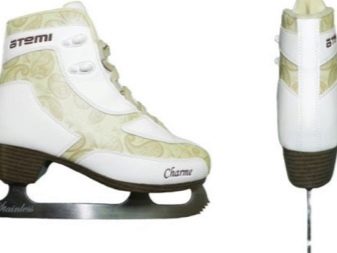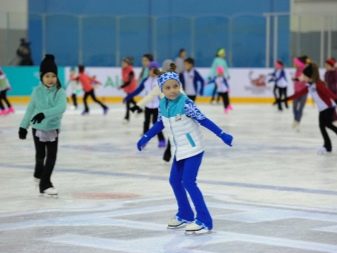What are the sizes of skates and how to determine them?
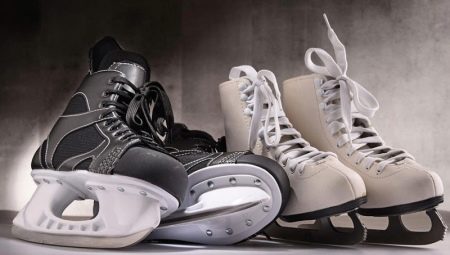
Skate boots are considered an important element of professional equipment, the choice of which leads to discomfort at the time of skating. According to the results of the conducted research, most of the professional hockey players choose the wrong size of their skates.
In order to choose the right skates, you should consider how the manufacturers mark the sizes.
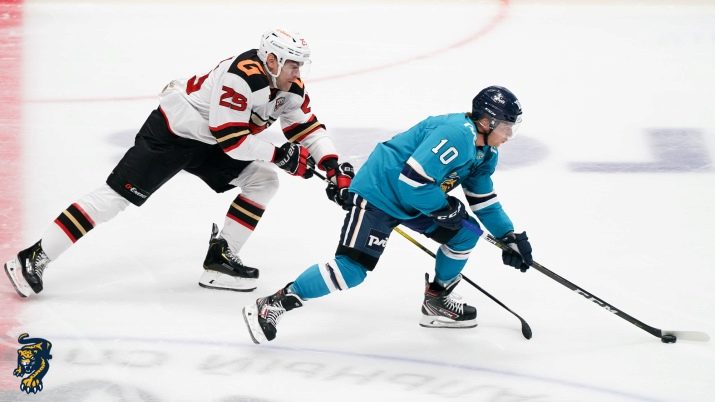
Sizes overview
When choosing the right skates, not only their basic characteristics are taken into account, but also their size. For selection, a table is often used. The dimensional grid is compiled by many manufacturers, taking into account the standards set in the domestic market. Some indicate dimensions additionally in centimeters. Before proceeding with the choice, you need to consider that there are European, Russian, British and American standards for indicating sizes.
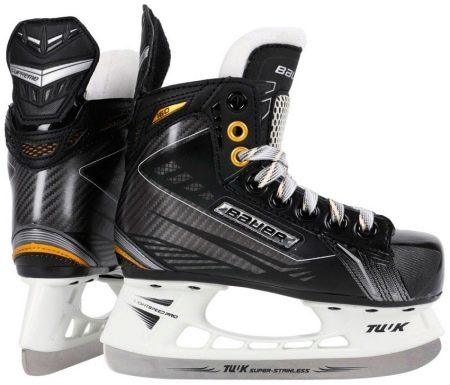
European
The designation principle when using the European system is to assign a specific whole or fractional number to each standard foot length. An example of designation when using European standards: 35, 35.5, 36.
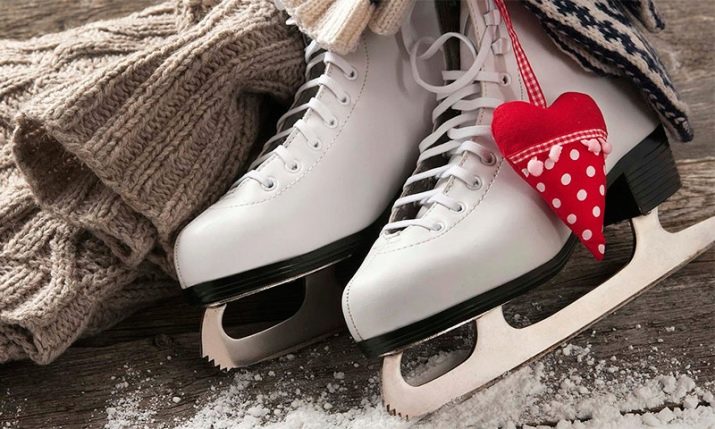
Russians
The Russian system is in many ways similar to the European one, but still the accepted standard numbers correspond to other foot sizes. In this case, fractional designations are also used.
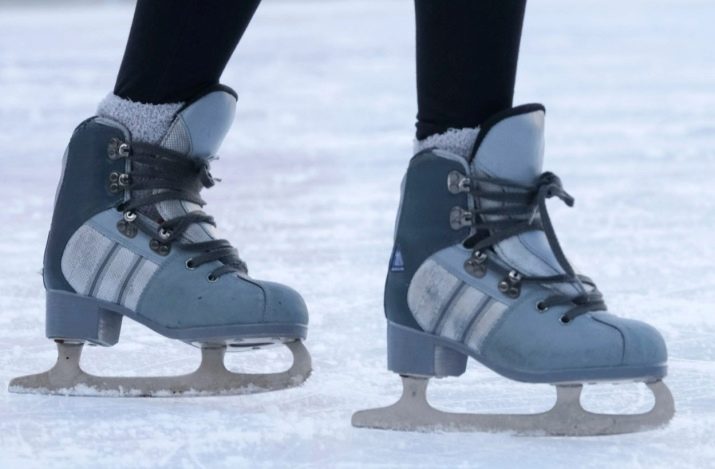
American
In the case of the application of American standards, the dimensional grid is represented by other numbers. An example would be 4 or 12.
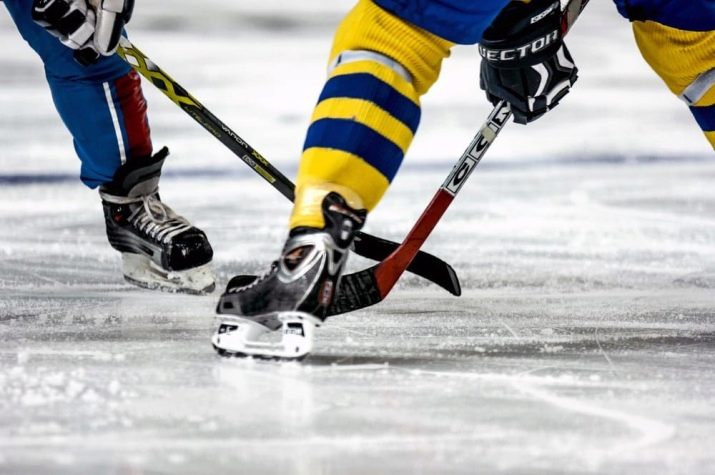
English
The smallest values are characteristic of the English system. As in the previous cases, there are also fractional values, which indicates a large number of standard sizes.
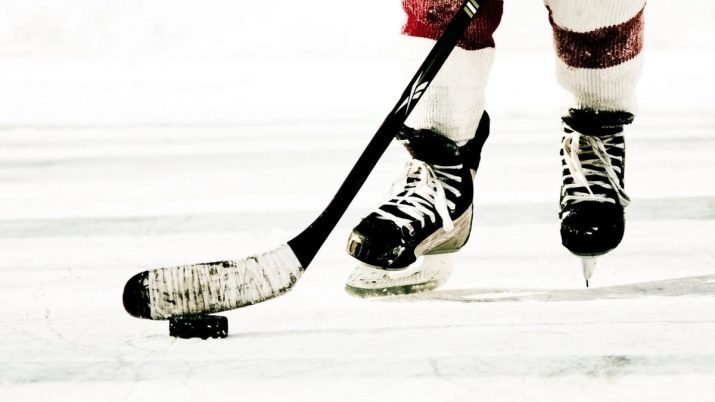
To convert skate sizes, use a size matching table. It looks like this.
|
European |
Russians |
American |
English |
|
35 |
34 |
3 |
2 |
|
35.5 |
34.5 |
3.5 |
2.5 |
|
36 |
35 |
4 |
3 |
|
36.6 |
35.5 |
4.5 |
3.5 |
|
37 |
36 |
5 |
4 |
|
37.5 |
36.5 |
5.5 |
4.5 |
|
38 |
37 |
6 |
5 |
|
38.5 |
37.5 |
6.5 |
5.5 |
|
39 |
38 |
7 |
6 |
|
39.5 |
38.5 |
7.5 |
6.5 |
|
40 |
39 |
8 |
7 |
|
40.5 |
39.5 |
8.5 |
7.5 |
|
41 |
40 |
9 |
8 |
|
41.5 |
40.5 |
9.5 |
8.5 |
|
42 |
41 |
10 |
9 |
|
42.5 |
41.5 |
10.5 |
9.5 |
|
43 |
42 |
11 |
10 |
|
43.5 |
42.5 |
11.5 |
10.5 |
|
44 |
43 |
12 |
1 |
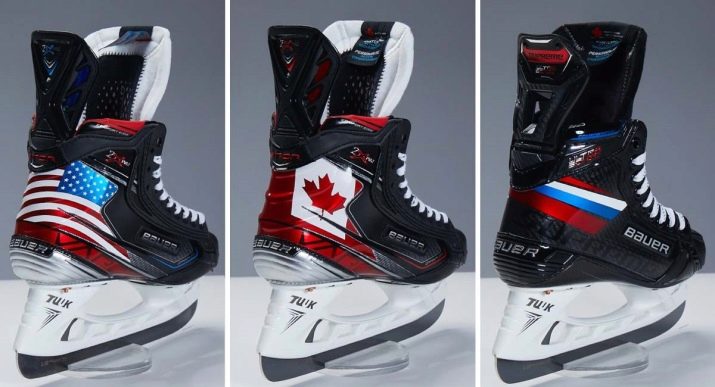
How to choose for adults?
Skates must be tried on only in accordance with the recommendations. In order to determine the appropriate size, there are several points to consider.
- Socks... At the time of trying on, you need to put on socks that will be used while riding.
- Shoe... At the time of fitting, you should be careful and act correctly. The lacing must be loosened to the third hole from the bottom. The tongue tilts up a little. At the time of tying, no free space should remain.
- Heel... It must be securely fixed in place. To do this, you need to take a boot and move the foot. If you feel freedom, you need to choose a smaller size or pay more attention to density.
- Front part. In order to select the size, you need to stand up straight, with your toes only slightly touching the front of the boot. If you choose the right boot for the size of your foot, even with effort, there will be no strong pressure on the toes.
- The first steps. The size of the skates is also selected when testing shoes in practice. Experts recommend walking and sitting for 10-15 minutes. During this period, you can check how comfortable the skates are.
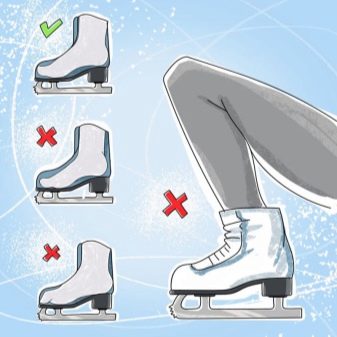
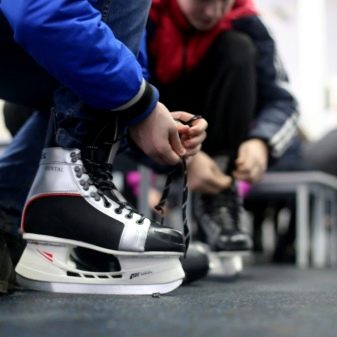
The boot should fit tightly. In this case, discomfort should not arise, since this is what leads to a large number of problems.
You can choose the right skates for women or men, taking into account the fact that the size of the boots does not correspond to the size of ordinary shoes. All manufacturers create their own grid, which makes it easier to understand the classification system.
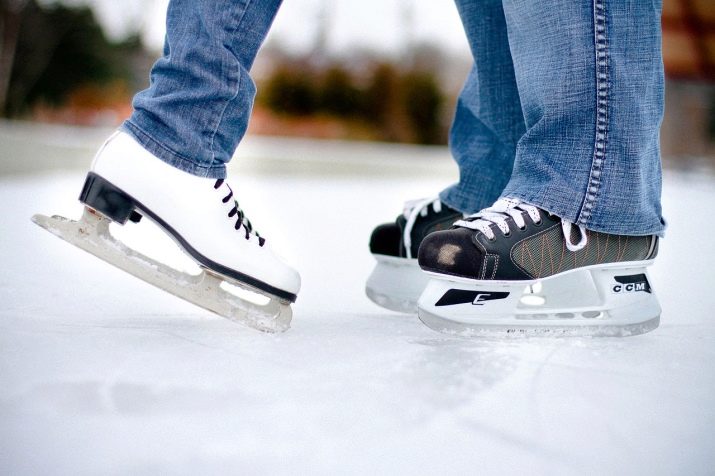
Sizing guidelines:
- you should stand with your feet on white paper and circle your feet with a pencil;
- you need to find out the distance between the heel and the thumb;
- if the distances of the two feet are different, the larger figure is taken.
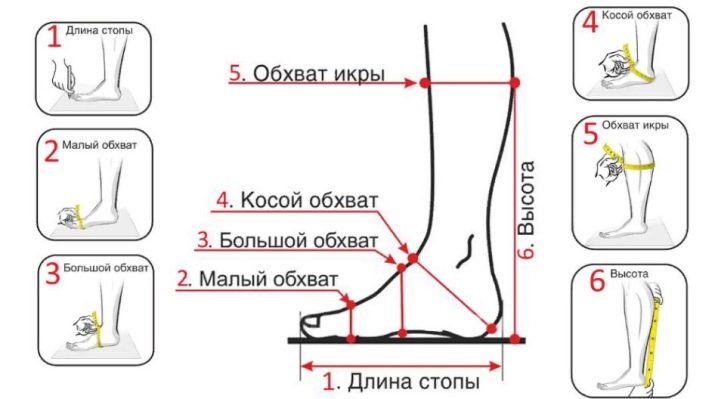
Among other indicators, you need to consider the classification hard and soft. Professionals who often ride choose soft options. In this case, most of the load falls on the foot. Also, the degree of rigidity largely determines the protection of the foot. Rigid options are made from a material that will withstand strong impacts.
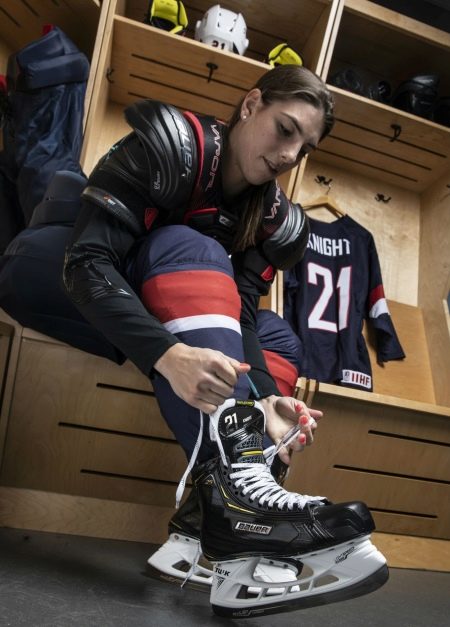
There are a few tips to keep in mind. They are as follows.
- When buying for the first time, all the features of the stop are determined. Some points can become places of concentration of pressure.
- Old skates will help you choose new ones... The wear rate of the insoles indicates how correct the size was previously selected.
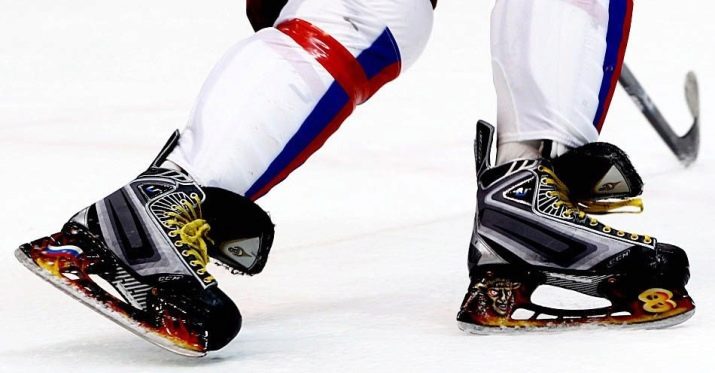
Thermoforming determines ride comfort. It is peculiar only to professional and semi-professional models. In the manufacture of soft thermal foam is used, which adapts to the characteristics of the foot.
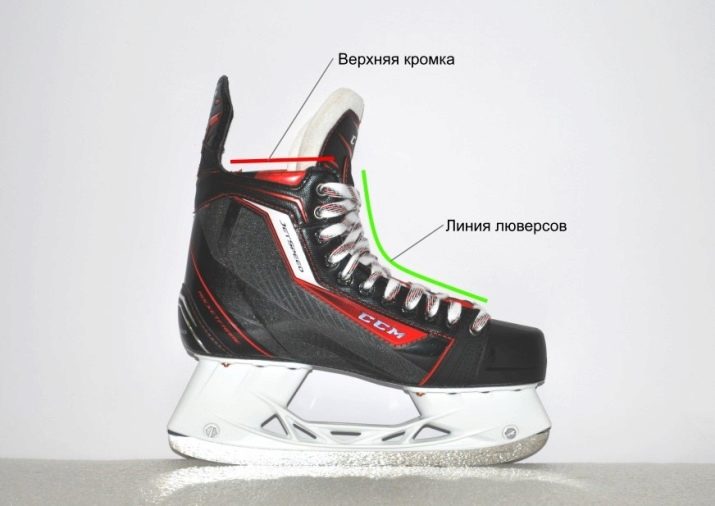
Hockey variants also have a glass. It is designed for direct hitting the puck at high speed and protects fingers from injury. For normal conditions, different versions of glasses are suitable, in the case of operation at low temperatures, special materials must be used.
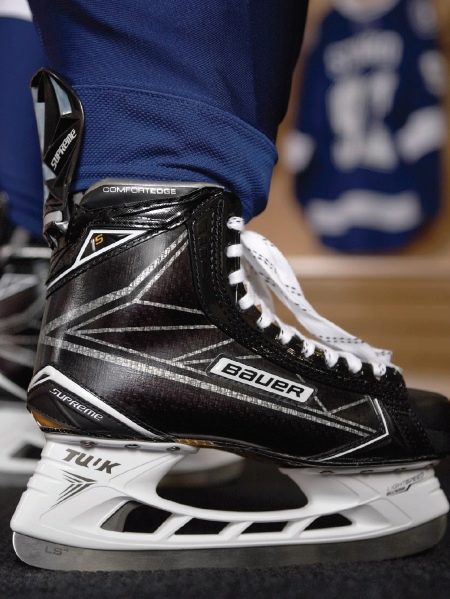
How to choose for a child?
For children, choosing skates is much more difficult. They must be of high quality, and the leg must be comfortable and protected. The instruction looks like this.
- It is best to give preference to options with insoleswhich are made of fast drying materials.
- You need to buy options with a steel blade. It glides well on ice and dulls much less often. The quality of the hardened metal is determined by the gloss.
- Making a selection of skates, preference should be given to options with curved ends.
- Laces most often cotton. Synthetic, which children like because of their bright colors, quickly untie.
- The choice according to the length of the foot is carried out by fitting. It is important that the foot does not dangle, the heel must be well fixed.

It is not allowed to buy a boot for growth, as the skates will dangle. At the time of fitting, the shoe should be laced up, after which the child should walk and sit down. If the baby does not feel any discomfort, then the skates were selected correctly. A table is often used where dimensions are indicated in cm.
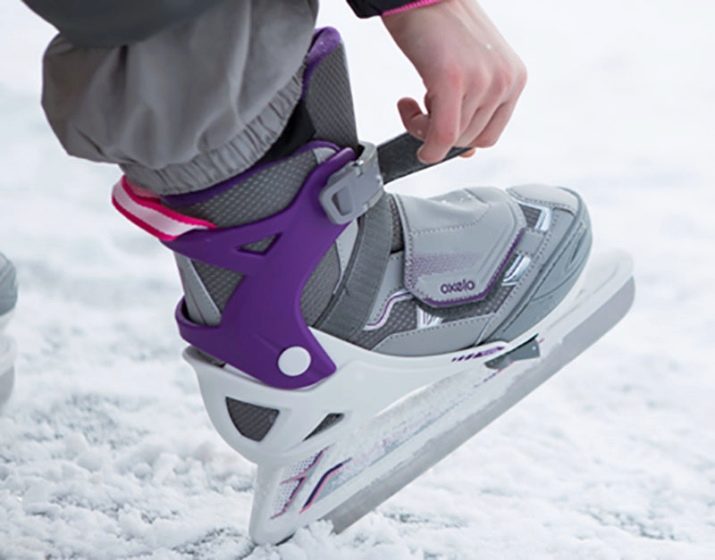
Many parents, when faced with the question of buying skates for their children for the first time, often buy one or more sizes larger. This leads to the following problems:
- harder to learn;
- due to poor fixation, the child cannot control his movements, it becomes more difficult to perform elements on the ice;
- if the leg is uncomfortable, the child will lose the pleasure of riding;
- boots deteriorate faster;
- there is a high probability of foot injury.
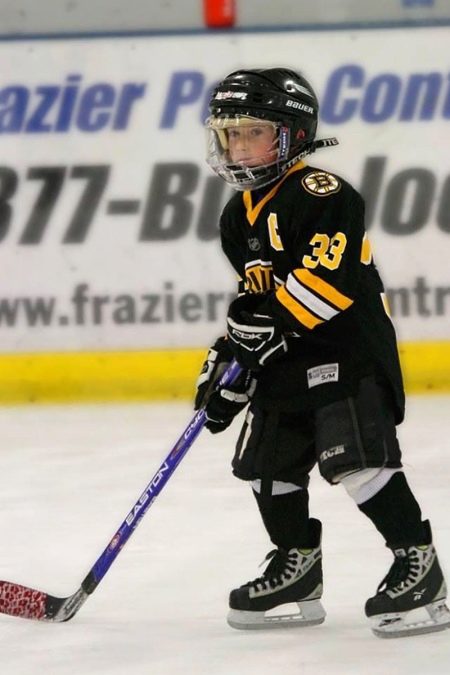
It is generally accepted that at an early age the leg grows in several stages. They are as follows:
- under the age of 3 years, the growth is 1.5 mm per month;
- in the period from 3 to 6 years, the average is 1 mm;
- at the age of 7 to 10 years, the growth rate slows down to 1 mm or less per month;
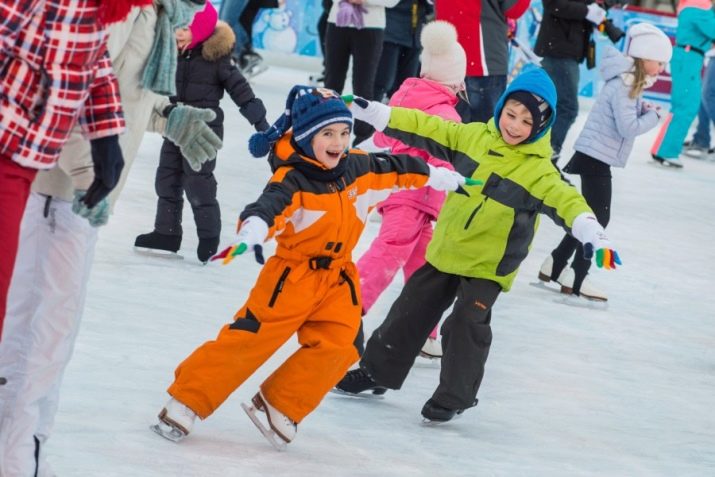
Observations indicate that most intensively the foot develops in the summer... Regardless, it is best to buy skates for every age. If you choose models for growth, the child will not learn to ride.
A new pair is bought at the beginning of the season.
